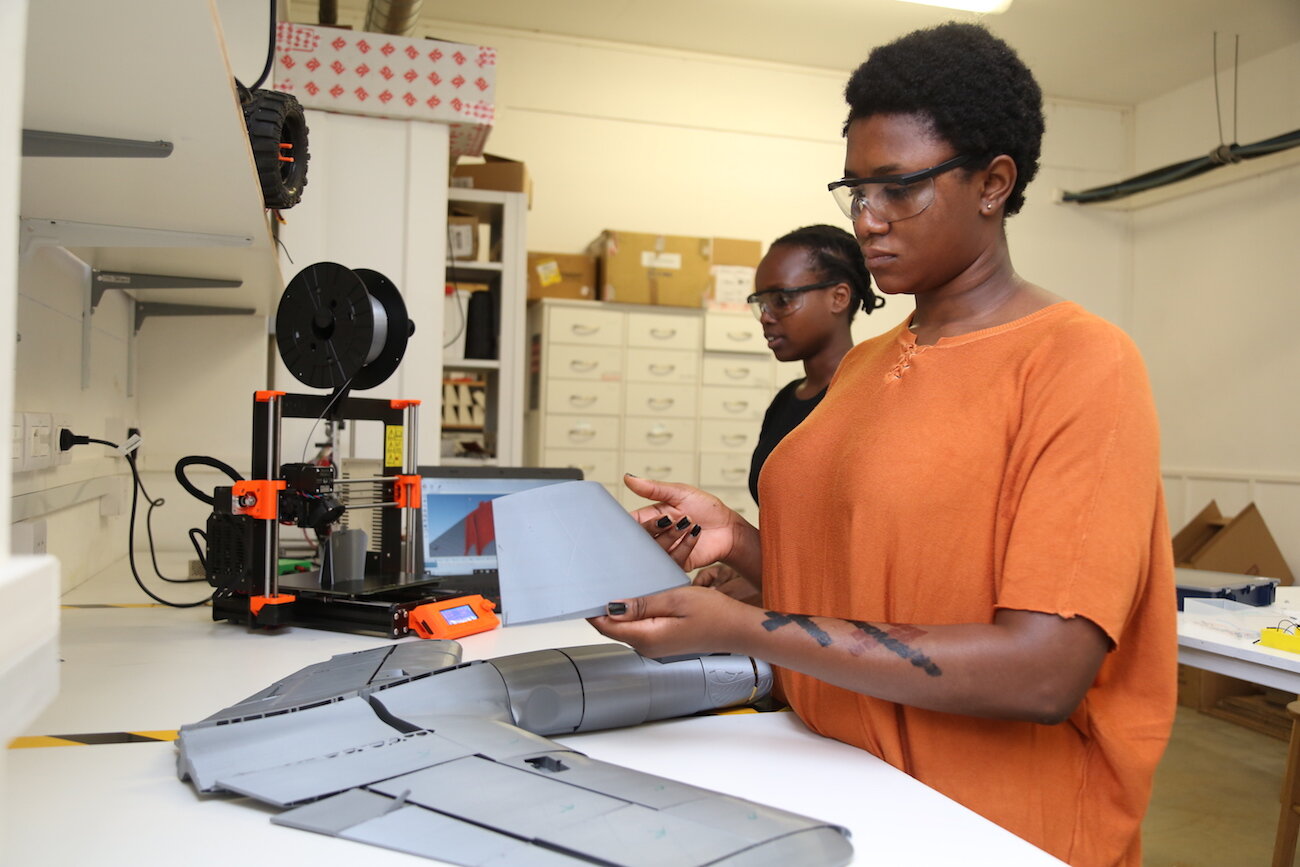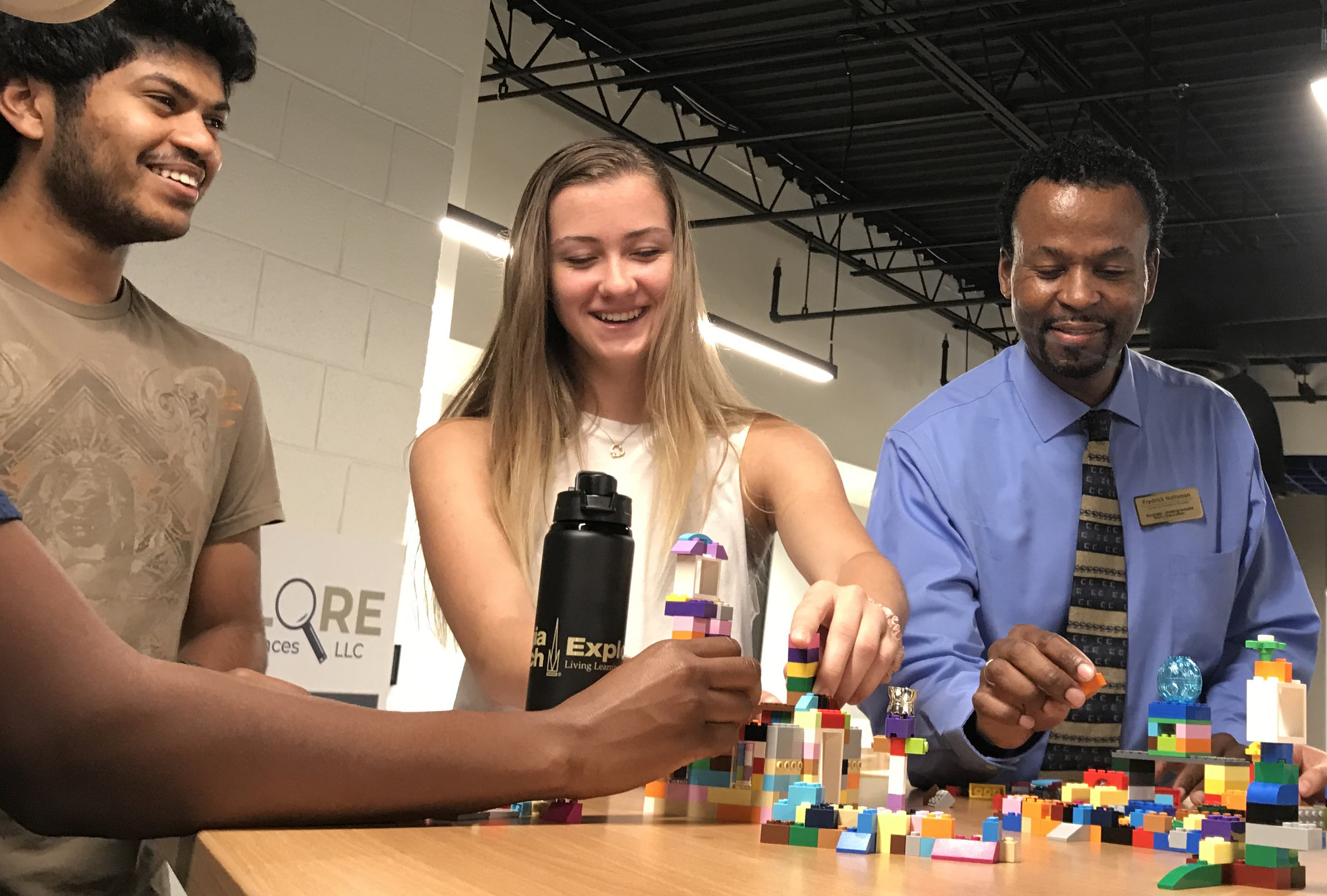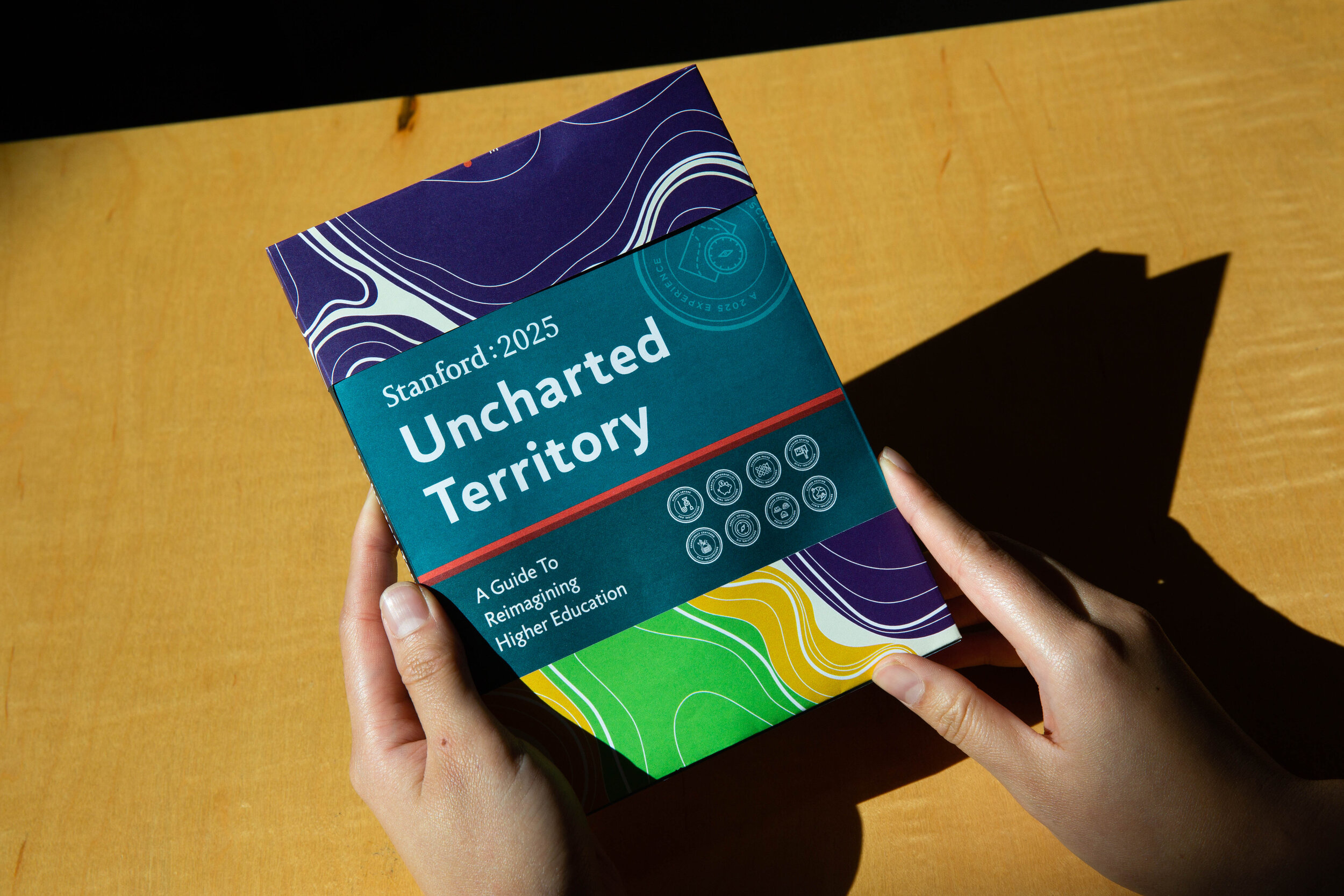“We think the leaders profiled in this guide are making important contributions to how we all can think differently about the future of higher education. Their persistence, bias toward action, and just plain gutsiness, is an inspiration.”
Inside the Guide
Immerse yourselves in 12 case studies and actionable tips for how to get started on your campus, from long standing institutions to new ground-up institutions:
African Leadership University
Bates College
College Unbound
Duke University
Georgia Tech
Georgetown University
Indian River State College
Make School
Minerva
Maharishi Invincibility Institute
University of Utah
Western Governors University
Many of the leaders we interviewed have deeply-held views about the direction in which they see higher education moving…
“Broadly, the key thing is that we’re in a moment where we are shifting from where we’ve been for 20 years, from saying ‘we have a sub-population of students who need to change to adapt to us’ to re-thinking who we are to adapt to them.” -- Randy Bass, Vice Provost of Education at Georgetown University
Noah Pickus of Duke Kunshan University (DKU) highlights the difference between content expertise and competencies, noting that “expertise can be oversold.” At DKU, they believe that the "ability to integrate knowledge and work across fields is more important than memorizing information that is already available on your phone.”
Case Study Preview: Reconfiguring higher-ed architecture
How did Duke Kunshan University in China design a team-based interdisciplinary faculty model and a curriculum without majors?
Case Study Preview: Global rotation
How did Minerva forgo a traditional campus in favor of ‘city as classroom'?






